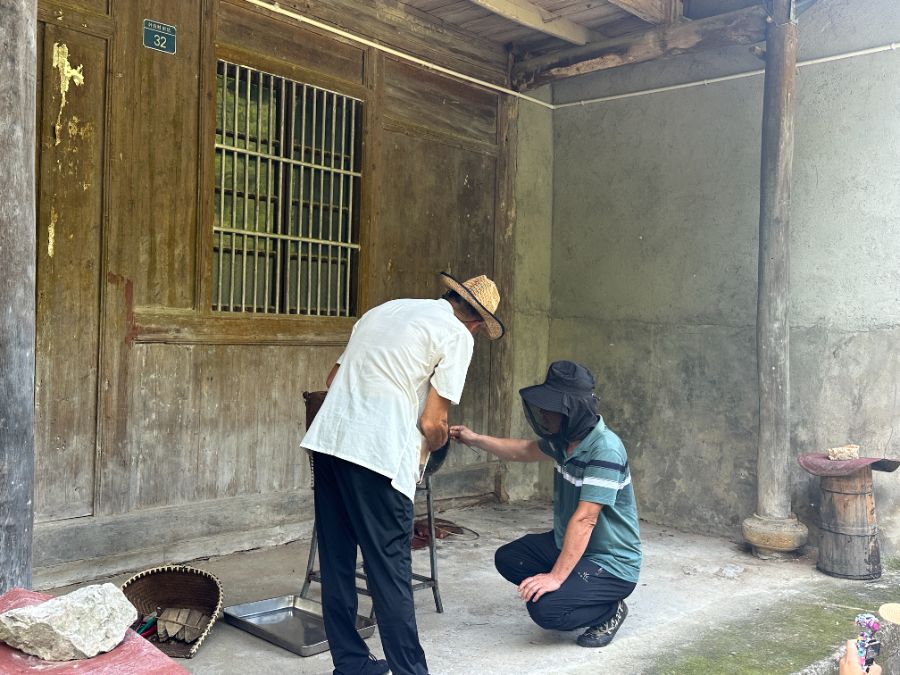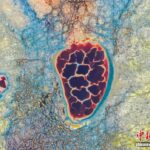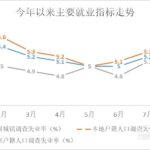On January 1, 2025, the Zhejiang Provincial Party Committee and Government officially issued the “Implementation Plan for Promoting Common Prosperity Through Urban-Rural Integration and Narrowing the ‘Three Major Gaps’ Guided by the ‘Thousand-Village Demonstration, Ten-Thousand-Village Improvement’ Project” (referred to as the “Implementation Plan”). This document serves as Zhejiang’s No. 1 policy document for 2025.
The Implementation Plan sets the goal of achieving breakthrough results by 2027 in narrowing the “three major gaps” through urban-rural integration driven by the “Thousand-Village Demonstration, Ten-Thousand-Village Improvement” project. Specifically, it outlines “six new advancements”: new progress in mountainous and island county development, enhanced county-level urban capacity, revitalized rural development, increased urban and rural residents’ income, improved integration of basic public services, and breakthroughs in common prosperity institutional reforms.
How will Zhejiang achieve these goals? As one of China’s most balanced provinces with the smallest urban-rural and regional disparities, Zhejiang reported an urban-rural per capita disposable income ratio of 1.67 in the first half of the year, narrowing by 0.01 year-on-year. Rural residents’ income growth also outpaced urban areas by 1.0 percentage points.
What drives Zhejiang’s rural prosperity? First, the province boasts strong agricultural productivity, aiming to become a leader in efficient eco-agriculture and premium specialty farming. Second, integrated rural industries—such as agritourism, e-commerce, and leisure farming—have flourished.
To overcome development challenges, Zhejiang focuses on high-efficiency eco-agriculture, fostering smart farming and full agricultural supply chains. It also leverages cultural tourism to innovate rural revitalization models.
Field research in western and southern Zhejiang revealed local innovations: Taizhou’s Xianju County developed homestays to boost specialty agriculture; Lishui’s Qingtian County turned camellia seeds into a shared prosperity brand; and Jinhua’s Wucheng District transformed pig farming into an industrial integration model at the Panda Pig International Ranch.
Crafting Premium Agriculture
Many Zhejiang farm products now carry a “Zhejiang Agri-Code,” allowing consumers to trace their journey from farm to table. This digital identifier integrates production, distribution, and consumption data, enhancing branding potential.
In 2025, Zhejiang upgraded to “Zhejiang Agri-Code 2.0,” linking it with the national “All-Agri Code” system to enable intergovernmental data sharing. This further empowers local specialties to command premium prices.
Data-driven agriculture exemplifies Zhejiang’s push for high-value specialty farming. The province prioritizes agricultural technology, smart farming initiatives, and premium product development.
Qingtian County, renowned as the “Oil Depot of Southern Zhejiang,” has a long history of camellia cultivation. Technological innovation has been key to its growth—since 2011, a state-backed nursery project has produced 15 million high-yield camellia seedlings, supporting 268,000 acres of plantations and boosting annual farmer income by 804 million yuan.
Qingtian now upgrades camellia oil production through deep processing and cultural tourism. A 2025 agreement with the Zhejiang Forestry Academy aims to build a full industrial chain from breeding to processing to experiential tourism. Future plans include expanding into camellia-based cosmetics and文创 products.
Zhejiang has cultivated 126 local specialty industrial chains each worth over 1 billion yuan, with a total output of 321.6 billion yuan. These chains employ 4.7 million people at average annual earnings of 51,000 yuan, making them true “prosperity engines.”
E-commerce further boosts sales—Zhejiang’s online agricultural sales reached 74.36 billion yuan in 2024, accounting for 9.51% of China’s total with 19.42% year-on-year growth.
The province also leads in smart agriculture through its “Agricultural Brain + Future Farms” system, with 562 digital farms and 48 future farms achieving 3-5 times higher yield efficiency.
The Panda Pig International Ranch in Wucheng District showcases this integration: automated smart farming with just 3 staff manages 5,000 annual pig shipments. Beyond farming, it produces high-value pork products, IP-based merchandise, and operates a theme park with 3 million visitors and 280 million yuan revenue since 2021. Future expansion includes a “World Pig Expo Park.”
Innovating Rural Tourism
Zhejiang’s rural homestays are evolving distinct models. Xianju County’s Linkeng Village combines ecology, culture,



